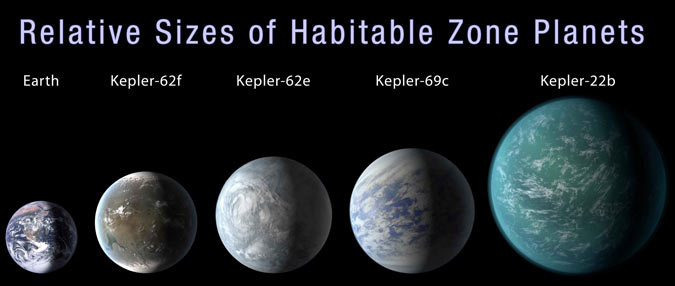While teaching astronomy it is inevitable that some student will ask me if there is life some where else in our universe, and I have to answer “I don’t know”.
What we do know is that there is a part of the science community dedicated to looking for other planets outside our solar system and specifically earth-like planets that can harbor life. Originally the search for new planets was time intensive process that involved watching single stars for long periods of time. Now, scientists have realized that there are clues that show evidence of alien planets. Here’s how:
Instead of staring at one star, scientists are now watching large portions of the sky and measuring the precise time that stars wink and wobble. If this happens on a schedule it means that there might be a planet orbiting the star.

We originally figured this out by watching how Venus affects the light from our own Sun, a process called transit. Using this technique over 2000 possible “candidate” planets have been discovered. 204 jupiter sized planets, 998 neptunes, 412 “super earths”, and 123 earth-like planets have been discovered. We call these Exoplanets, meaning planets that exist outside of our own solar system.
Hold on a minute, though: the word earth-like does not mean a twin of our home world. Earth-like means planets close to our size and with the possibilities of similar elements.
Can these earth-like planets sustain life as we know it? Scientists have pegged down a range of distance in which planets could harbor life (as we know it right now). Any where inside the “habitable zone” and a planet has a greater chance or supporting life. If the planet is too close the heat from the star would make it nearly impossible for life and if the planet is too far from the star it is orbiting the planet would be too cold for liquid water, which is essential to life.
 What does this mean for our future?
What does this mean for our future?
 If we can find an earth twin, two things come to mind. The first is the possibility of the colonization of other planets in our universe, which means we may not have to be limited to the resources our planet has to offer. Secondly the possibility of other intelligent life in our universe, and the questions that would bring up are limitless.
If we can find an earth twin, two things come to mind. The first is the possibility of the colonization of other planets in our universe, which means we may not have to be limited to the resources our planet has to offer. Secondly the possibility of other intelligent life in our universe, and the questions that would bring up are limitless.
The first planet discovered outside our solar system was discovered in 1995 since then the number of planets discovered has grown exponentially, I believe it’s only a matter of time until we discover another habitable world, the only question is when and what we will do with that information.
Want to learn more? Search for terms like “earth-like planets”, “exoplanets”, “Venus transit”, and, of course, “little green aliens”.
 At High Trails Outdoor Science School, we literally force our instructors to write about elementary outdoor education, teaching outside, learning outside, our dirty classroom (the forest…gosh), environmental science, outdoor science, and all other tree hugging student and kid loving things that keep us engaged, passionate, driven, loving our job, digging our life, and spreading the word to anyone whose attention we can hold for long enough to actually make it through reading this entire sentence. Whew…. www.dirtyclassroom.com
At High Trails Outdoor Science School, we literally force our instructors to write about elementary outdoor education, teaching outside, learning outside, our dirty classroom (the forest…gosh), environmental science, outdoor science, and all other tree hugging student and kid loving things that keep us engaged, passionate, driven, loving our job, digging our life, and spreading the word to anyone whose attention we can hold for long enough to actually make it through reading this entire sentence. Whew…. www.dirtyclassroom.com

Comments are closed.